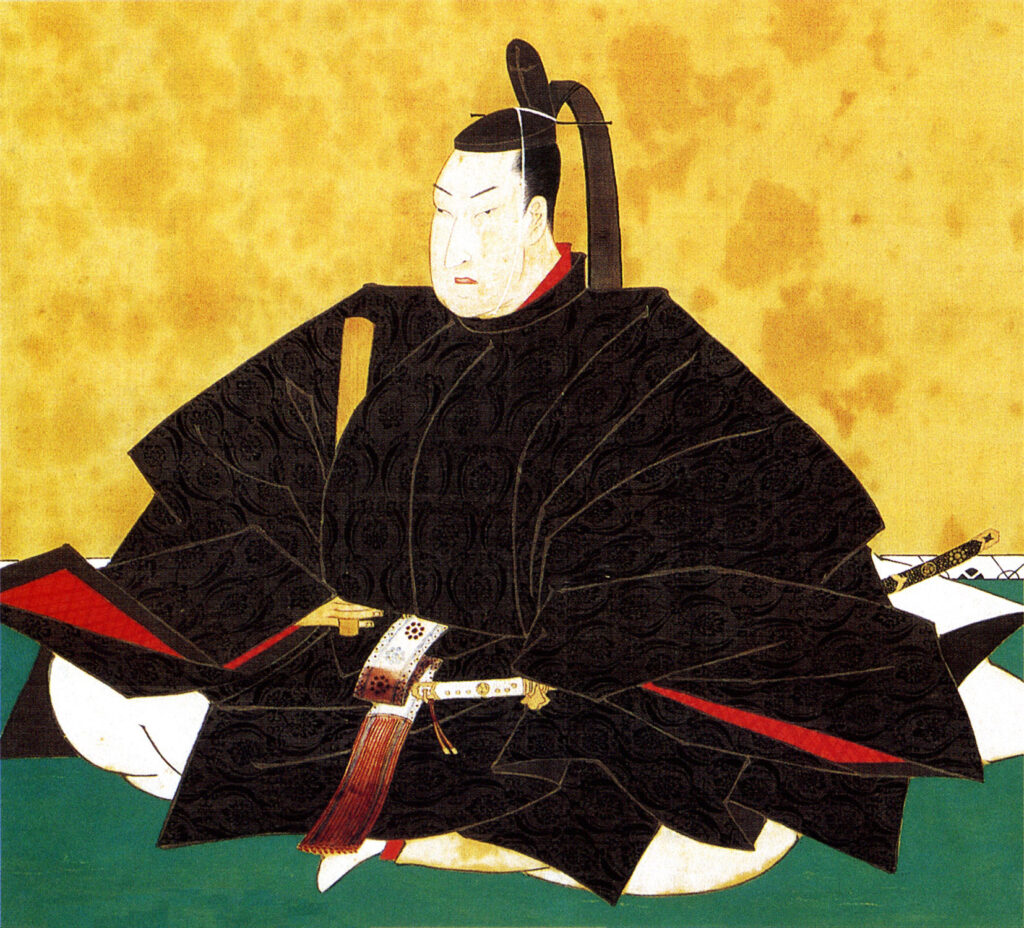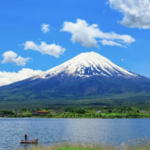

徳川綱吉 Tokugawa Tsunayoshi
February 23, 1646 – February 19, 1709
Name List of Tsunayoshi (Japanese historical figures change their names frequently.) Tokumatsu (徳松) → Tsunayoshi (綱吉)
Shogun who Loved Dogs
Becoming a Shogun by Accident
Tokugawa Tsunayoshi was born in 1646 at the Edo Castle as the fourth son of the third shogun, Tokugawa Iemitsu. His childhood name was Tokumatsu. In 1651, when he was five years old, his father Iemitsu died, and his eldest brother Ietsuna became the fourth shogun. This event led to him getting the name Tsunayoshi when he was seven years old. His active nature made him fear that he would have to pass down his older brothers, and he was not raised as a samurai but as a scholar. In 1680, at the age of 34, he was adopted by his elder brother, the shogun, who had no male heir, and upon his death, he became the fifth shogun. He did not rely on the advice of the shogun or the regent, as other generals did, but rather on his mother. He is also known to have been a bit of a mother’s boy.
His Popular Political System
During the reign of the fourth shogun, Ietsuna, the finances of the shogunate were in serious crisis. Although Ietsuna was said to have had excellent assistants, they were apparently incompetent as financiers, and without being able to take any action, the finances of the shogunate were spiraling into a catastrophe. It was Tokugawa himself who aggressively challenged this situation and established the financial foundation of the shogunate, thereby establishing the Tokugawa feudal system. Under these facts, he is the person who deserves to be called the founder of the Shogunate.
His Unpopular Political System
On the other hand, living under his rule was harsh and restrictive. Many natural disasters, such as the eruption of Mt. Fuji, also occurred during his time as a shogun making things even harder. He was enthusiastic about Confucianism and religion, and he enacted many laws. For example, he banned pleasure quarters, prohibited the use of luxury fabrics, and banned women from working in many tea stores that existed throughout the country. Authoritarian and strict control was exercised by gathering the feudal lords at the Edo Castle and having them read long Neo-Confucian texts and religious writings. He was so enamored with Confucianism that he even erected a building dedicated to Confucius. This is the Yushima Seido in Tokyo today, and it is now a place where many students stop by to pray for help in passing their exams.
The Craziest Order in Japanese History: The Edicts on Compassion for Living Things
The Craziest command in Japanese History: The Edicts on Compassion for Living Things
He issued the “Edicts of Compassion for Living Things” around 1680 when he was in his 40s. He who was a great believer in Confucianism at the time believed in the motto “Cherish your parents,” and so he took his mother’s advice to heart: “You killed animals in your previous life, so you cannot have children. From now on, take good care of animals.” So he instituted animal protection laws, particularly for dogs. To begin, there is not a single decree named the “Edicts of Compassion for Living Things.” It is a generic term for a series of policies that tend to be similar and was so-called in later times. Each individual decree, in fact, has different purposes. One example is said to be the detection of Christianity. As you know, most Buddhists are vegetarians. But on the other hand, many Christians of that time actively ate meat, so by strictly prohibiting meat consumption, the aim was to ensure the detection of hidden Christians. While the decree emphasized the importance of life, such as the prohibition of abandoning cattle, horses, sick people, and abandoned children, it also went too far, such as being extremely protective of dogs, and the citizens of Edo, who were burdened by the decree, and farmers in the Edo area grew increasingly dissatisfied. This law was repealed soon after Tokugawa’s death. In the spirit of Confucianism, which he had studied with great zeal, his desire to create a civilized and peaceful society by changing the attitude that people immediately resorted to killing and putting lives at risk may have backfired.
There are two popular theories as to why Tokugawa decided to enact the “Edicts of Compassion for Living Things.” First, he was unable to have sons to succeed him because of his sins of killing animals in his previous life, and he wanted to eliminate these sins by enacting an extreme animal welfare decree. Another view is that he made this decree to change the barbaric atmosphere of the Warring States period and also to encourage people to cherish life.
He especially loved and cherished dogs. At the time, the damage caused by wild dogs was a social problem in Edo, and as a solution to this problem, dogs were housed in huge kennels. And anyone who hit a dog was executed. As a result, the number of stray dogs increased in Edo, and they began to emit a foul odor.
Even After His Death, He Continued to Influence the Formation of Japanese Culture.
On February 19, 1709, four days before his 63rd birthday, he died of measles. He was passed down by his nephew, Ienobu Tokugawa.
The citizens of Edo and the surrounding farmers were burdened by the excessive animal protection laws, regulations, and the collection of taxes to pay for them: the dissatisfaction was high. On the other hand, the rule to protect abandoned children came to be observed even after his death. In addition, dog dishes were very common in Japan until the early Edo period. It was only with the decree of mercy for all living creatures that the Japanese people stopped eating dogs, a new custom that was born. Even today, it is rare for a Japanese person to want to eat a dog. It is also a very common custom in Japan today not to send out New Year’s cards for a year after a death in the family for mourning. This is also a remnant of the law of mourning that he established as a part of his civilian rule. There is probably no other example of a policy introduced by a single person that fundamentally changed the behavior of the Japanese people up to that time and, moreover, changed the way they thought and the Japanese history to such a great extent.
.
.
.
.




